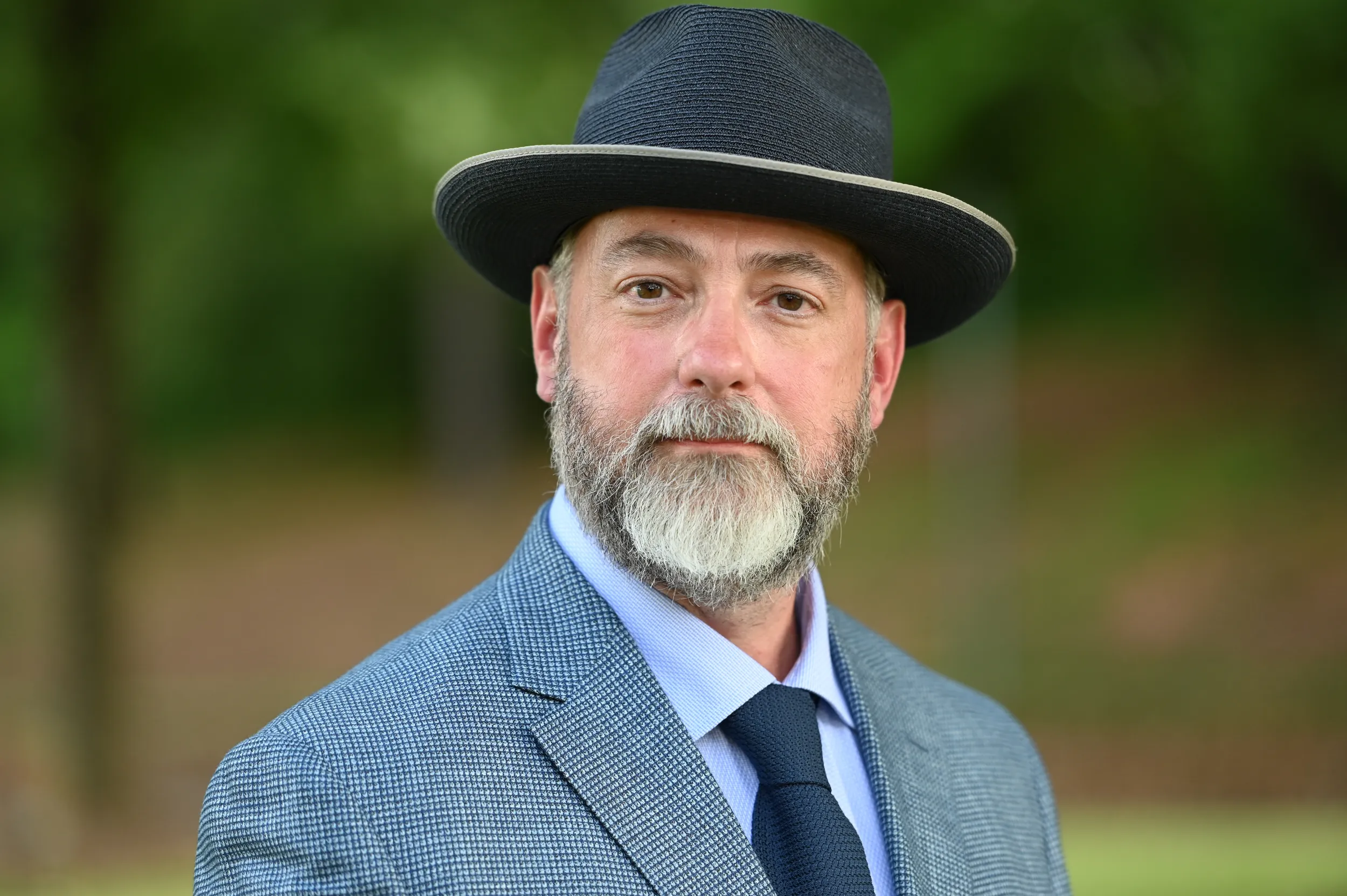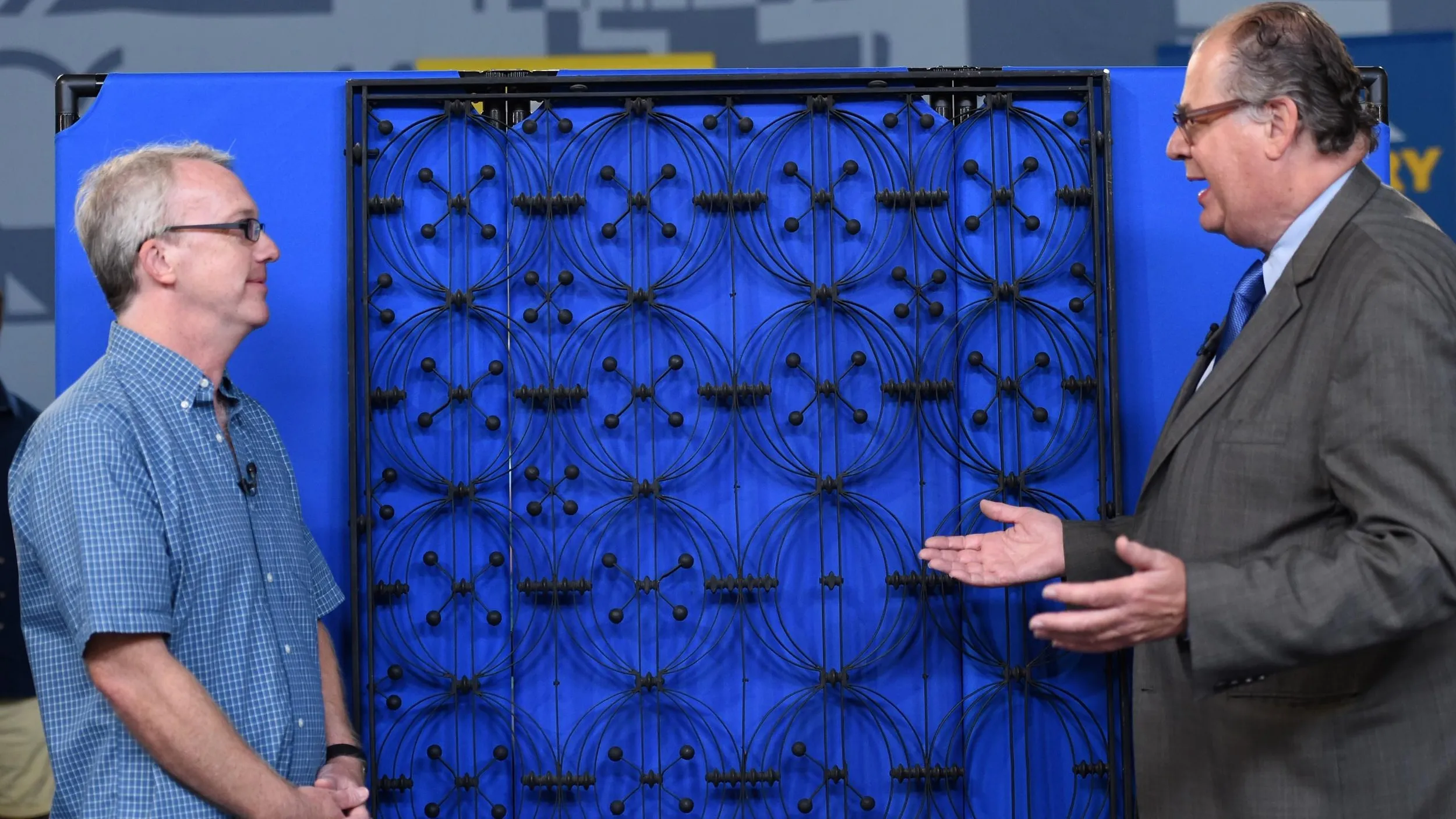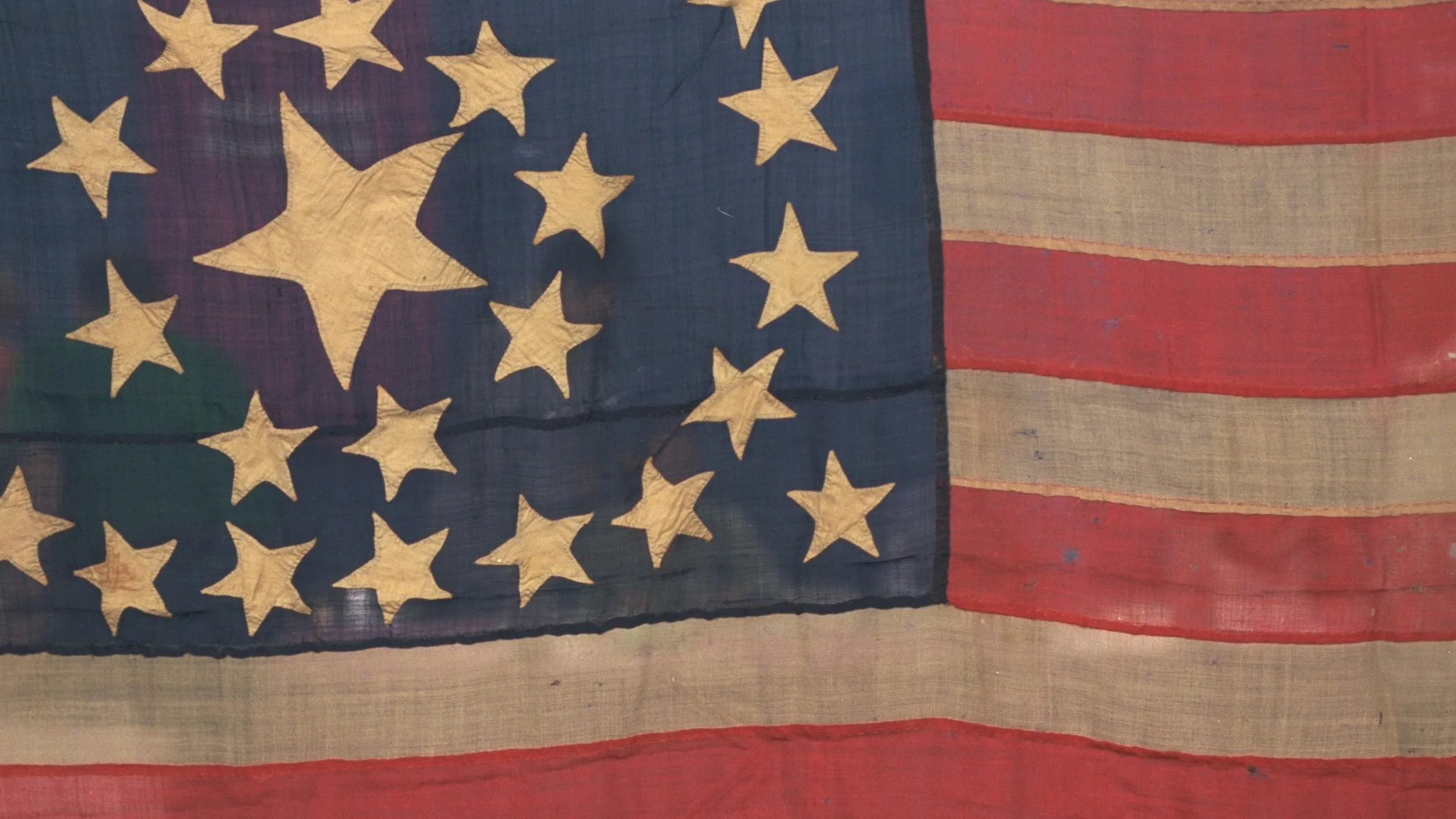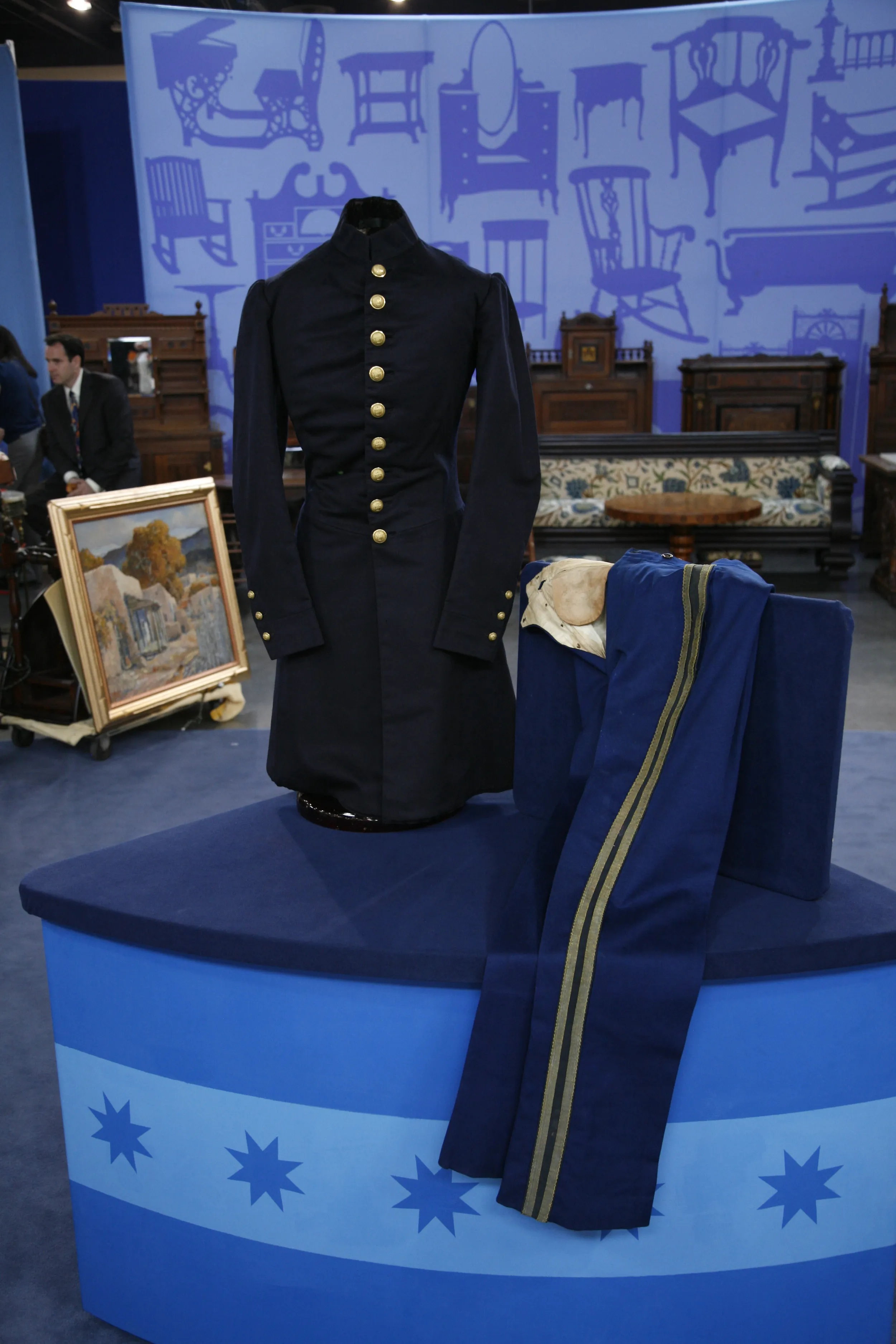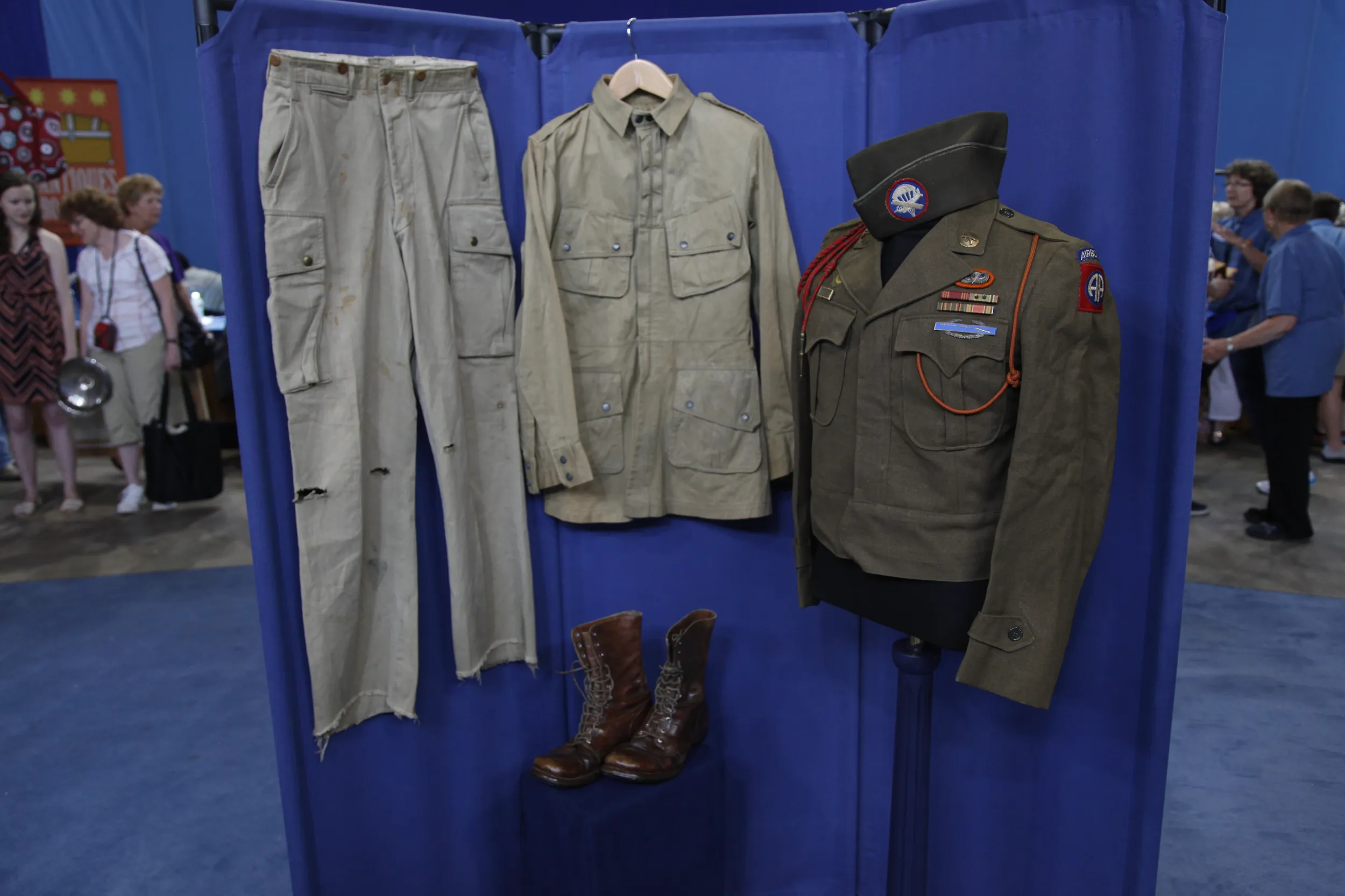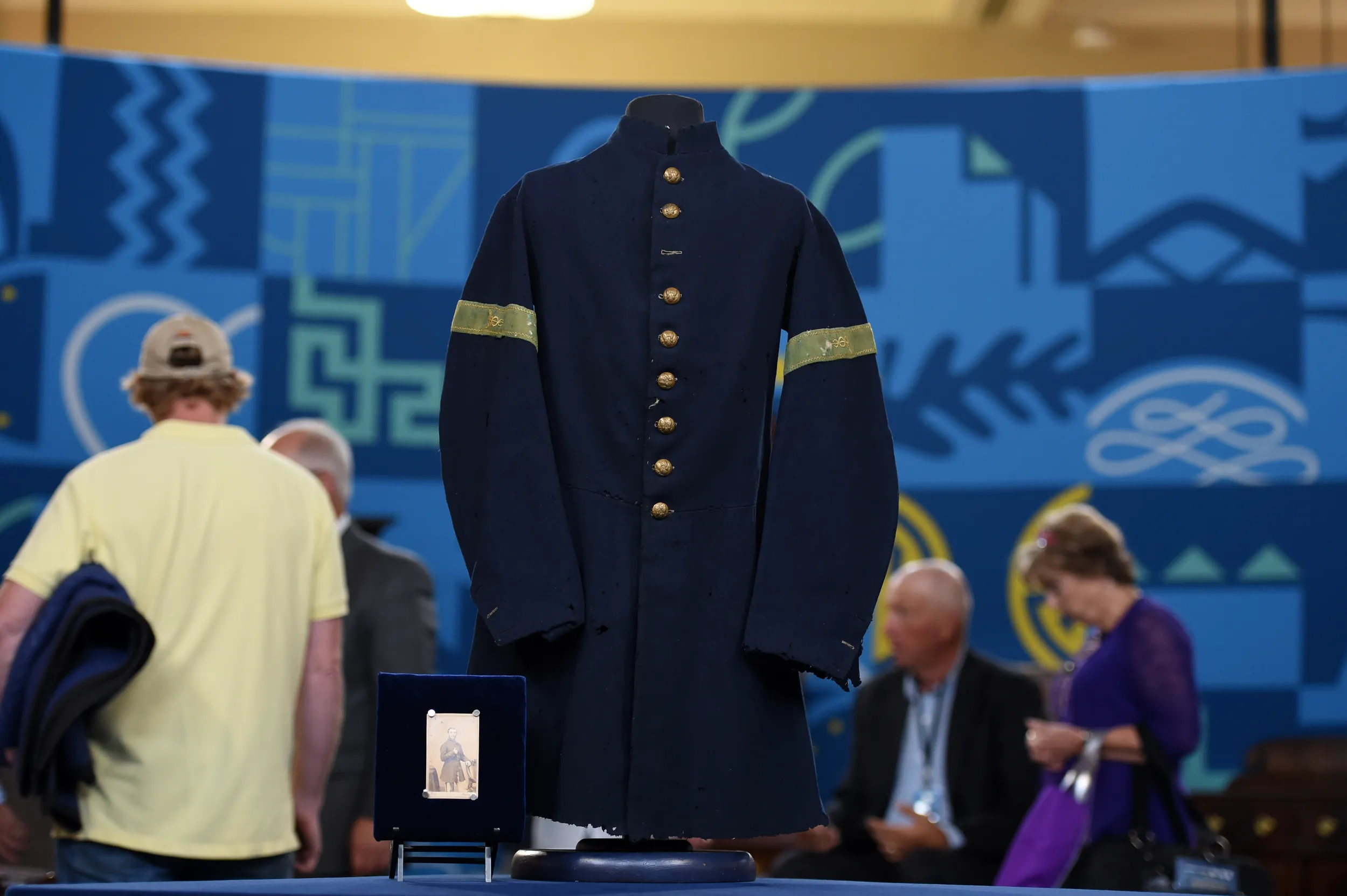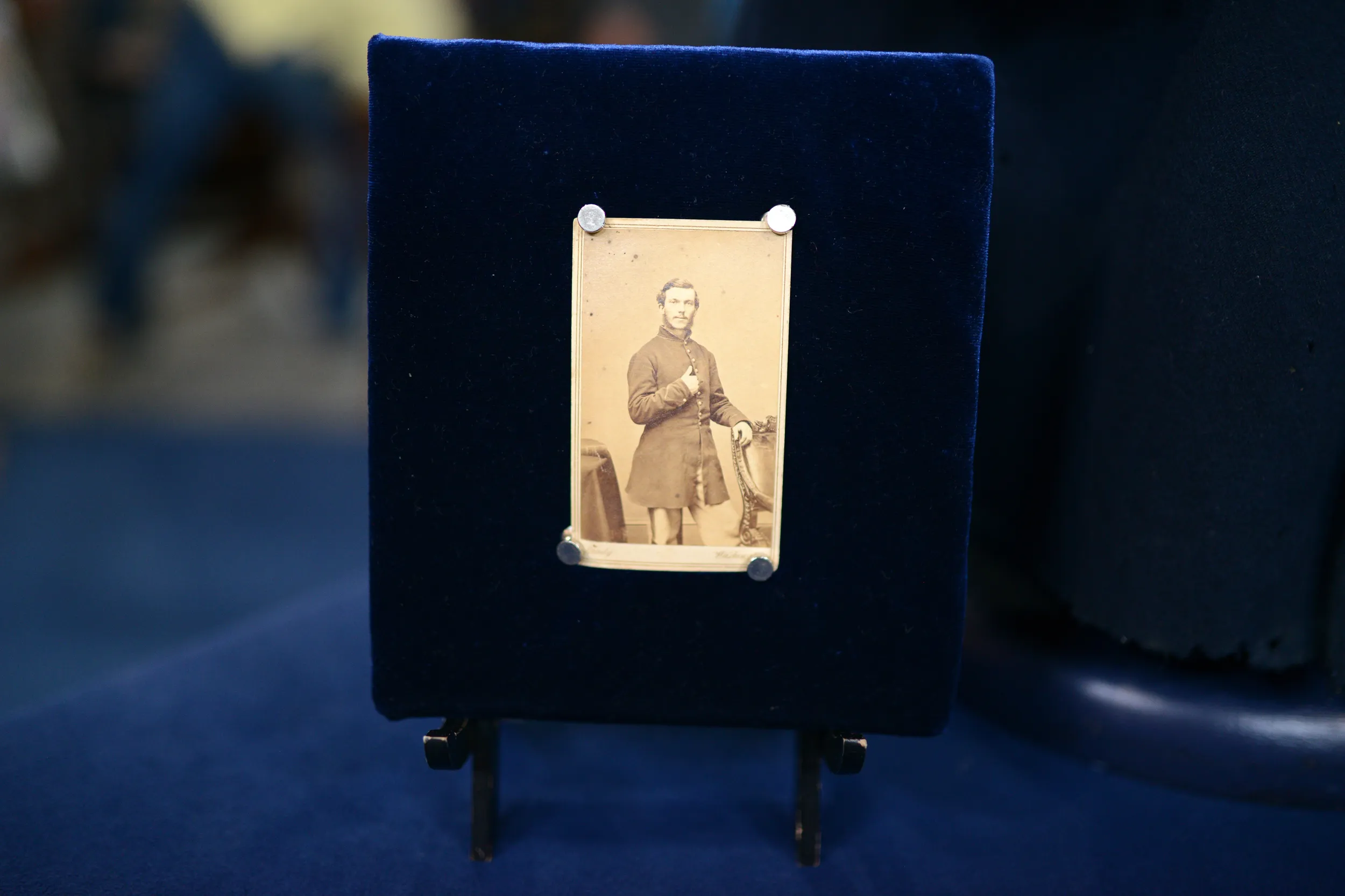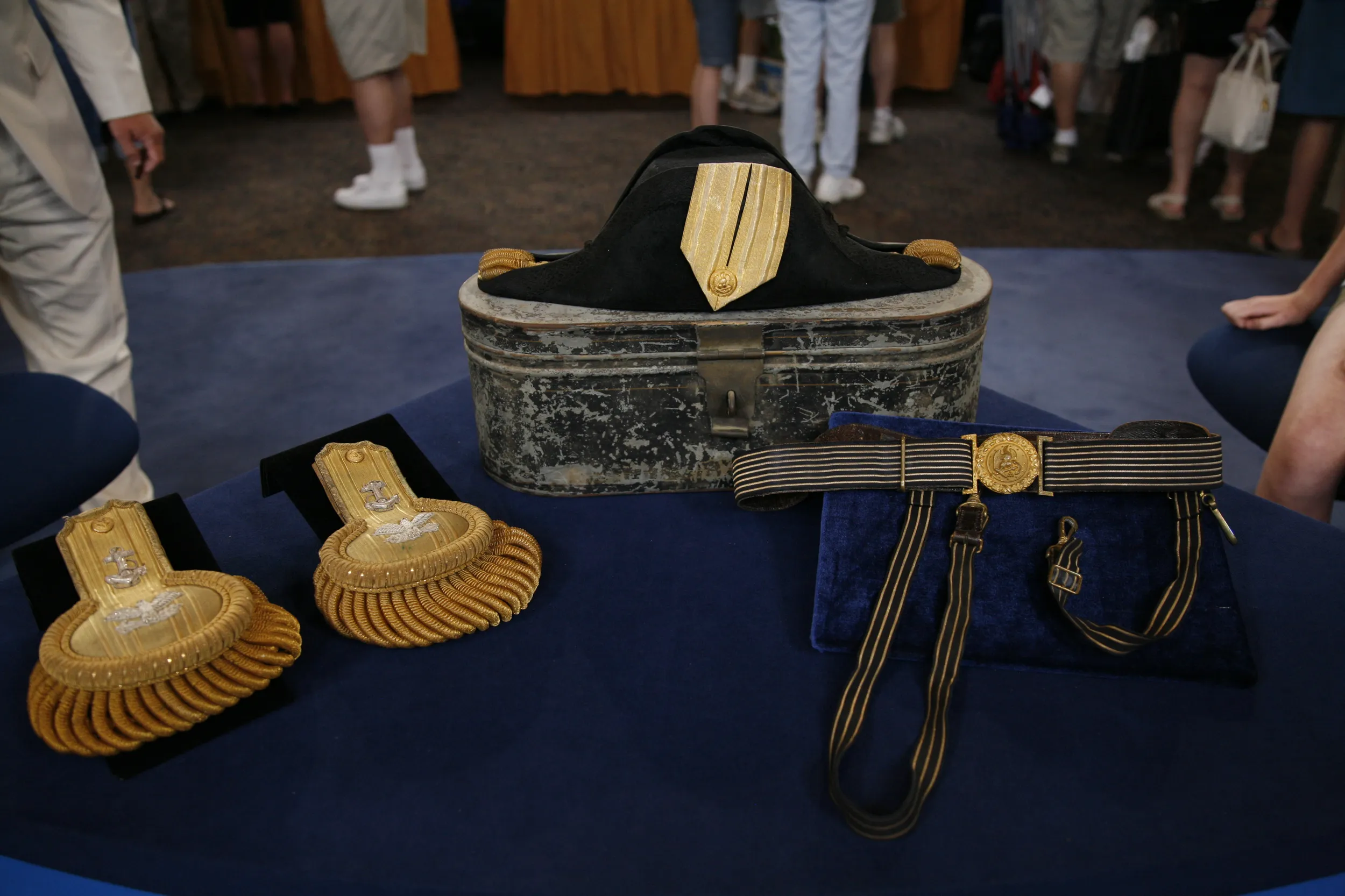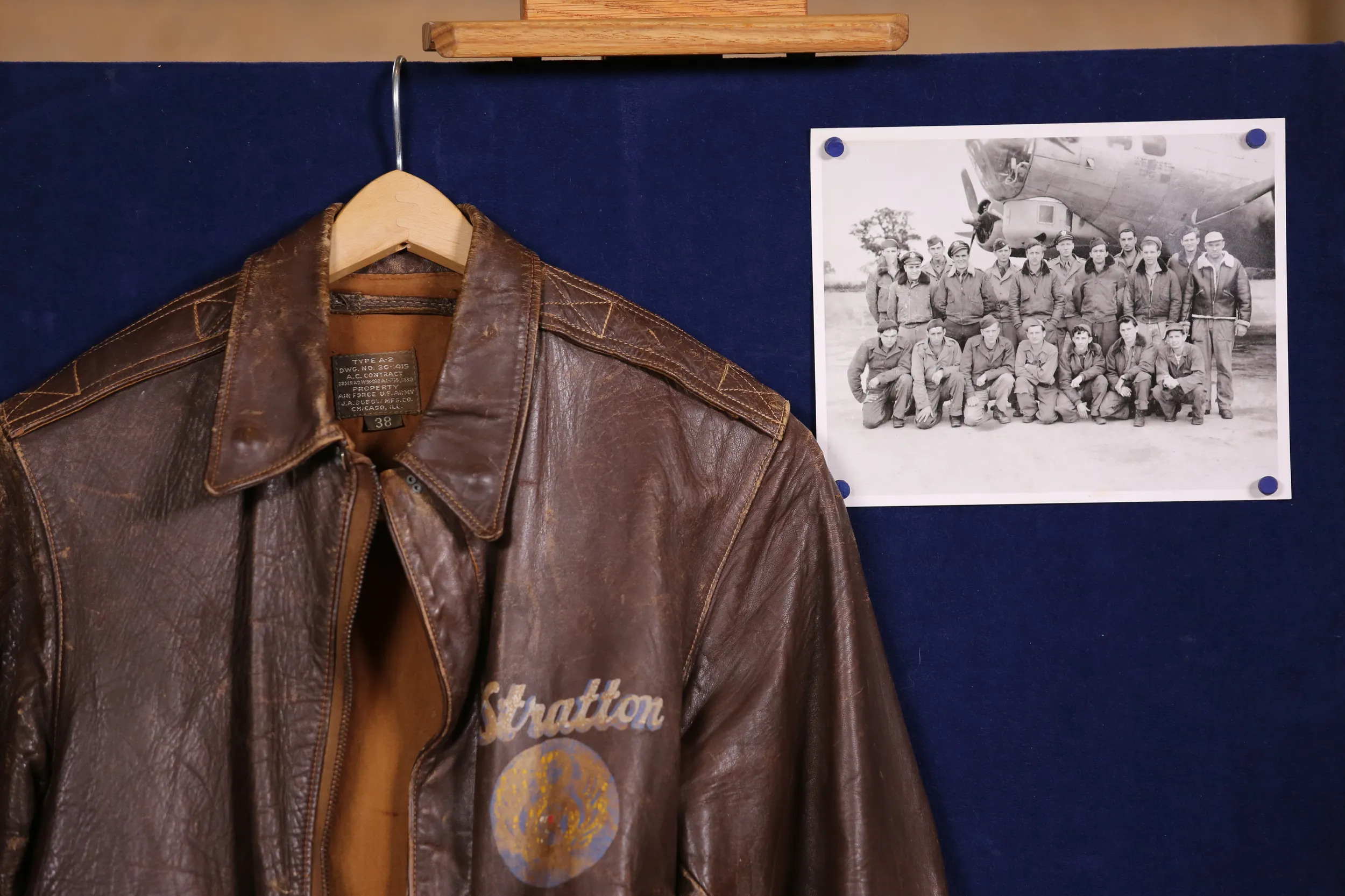GUEST: It's a Civil War uniform. And my husband was always interested in military items. And my neighbor realized that, and he wanted my husband to have this uniform and other uniforms that he had, World War I uniforms and World War II uniforms, from his family, actually him and his father's uniform. But this was very important to him, and he wanted my husband to have this, along with the hat.
APPRAISER: And the neighbor, was this in his family?
GUEST: Yes. Yes, it was a relative of his.
APPRAISER: And do you remember what that man's name was?
GUEST: It was Edward Kelsey.
APPRAISER: So Edward Kelsey wore this during the Civil War.
GUEST: That's correct.
APPRAISER: It's a rather special uniform.
GUEST: Oh, okay.
APPRAISER: And to look at it, you wouldn't necessarily think that, because it has seen happier centuries.
GUEST: Right.
APPRAISER: It's got a lot of moth holes in it, and it has some damage. There's some damage to the collar, there's some damage at the cuff. But it's made special because of what he did during the war.
GUEST: Okay, right.
APPRAISER: I looked up his information online to the best of our ability here, and found that there were 200 and some people with that name that served during the Civil War.
GUEST: Oh.
APPRAISER: So it's going to be a bit of a research project in order to get more information about him. But we can learn a lot more about him just by what you brought here today.
GUEST: Okay.
APPRAISER: The most interesting thing about this uniform is the chevron. And this tells us what he did for a living during the Civil War. He was a hospital steward. There was generally one per regiment. They liked to choose people from civilian life who had a background as a pharmacist, or maybe a medical student, somebody who's going to be able to be of particular value assisting the regimental surgeon.
GUEST: Okay.
APPRAISER: Every morning in a Civil War camp there's sick call, and if you're not feeling well, the soldiers could report to the regimental surgeon or to the hospital steward and get medication for whatever ails them. So there was a lot to do outside of battle just in the overall daily life.
GUEST: Mm-hmm.
APPRAISER: The uniform itself is a private purchase example of an 1858 pattern Union Army U.S. Infantry enlisted frock coat. We know that it's not an issue pattern because of several details. If you see here, the photograph that you have of him is actually... he's wearing a different uniform in the photo.
GUEST: Oh, okay.
APPRAISER: And if you look very closely, you can see that there's piping around his cuff, and then also around his collar. And we note that those details are not present on this particular garment.
GUEST: Oh.
APPRAISER: That's not anything to denigrate the garment, that simply means that rather than a government issue coat, it's one that he purchased himself.
GUEST: Right.
APPRAISER: The buttons are actually for an officer's coat. You see there's a little "I" in the center. That stands for "infantry."
GUEST: Okay.
APPRAISER: And normally that's what you would find on an officer's uniform. He's added these 1851 pattern hospital steward chevrons, and that's really what makes it.
GUEST: Okay.
APPRAISER: The coat itself, with the condition issues, is on the low end of the Civil War uniform spectrum.
GUEST: Mm-hmm.
APPRAISER: Having an identified Civil War hospital steward's uniform is a very desirable thing to collectors in museums.
GUEST: Oh, okay.
APPRAISER: A conservative auction estimate today would be $8,000 to $10,000.
GUEST: For this? Oh, my goodness. Okay. That's fascinating.
